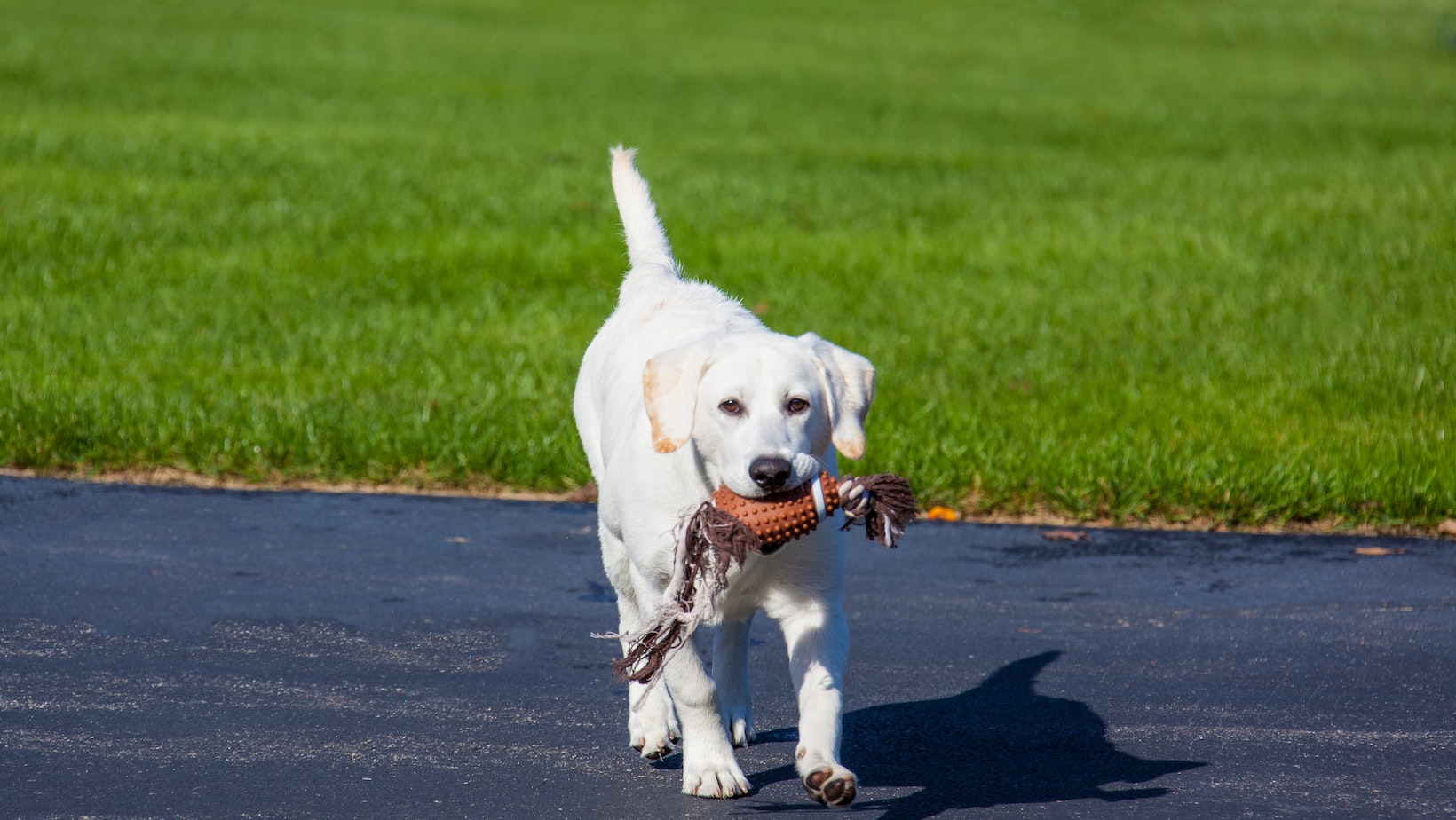Are you struggling with a Labrador who keeps pooping in the house? Don’t worry, I’ve got some tips to help you put an end to this messy situation. In this article, I’ll share effective methods on how to stop a dog from pooping in the house, specifically focusing on dealing with Labradors.
How to Stop a Dog from Pooping in the House
One of the first steps is to establish a consistent bathroom routine for your Labrador. Dogs thrive on routine, so take them outside regularly, especially after meals and naps. By providing them with ample opportunities to do their business outside, you can minimize accidents indoors.
Another important aspect is proper crate training. Dogs naturally avoid soiling their sleeping area, making crates valuable tools for housebreaking. Ensure that the crate is appropriately sized for your Labrador and create a positive association by offering treats and praise when they enter willingly.
In addition to these strategies, it’s crucial to closely monitor your Labrador’s diet and feeding schedule. Consistency in both will make it easier for you to anticipate when they need to go outside. Moreover, consult with your veterinarian about any potential underlying health issues that might contribute to indoor accidents.

Understanding the Reasons Behind Indoor Pooping
When it comes to dealing with a dog that keeps pooping in the house, it’s essential to understand the underlying reasons behind this behavior. By getting to the root of the problem, we can take appropriate steps to address it effectively.
- Lack of proper training: One common reason why dogs may poop indoors is a lack of proper training. This is especially true for puppies or newly adopted dogs who haven’t been taught where it’s appropriate to relieve themselves. In these cases, implementing a consistent and positive potty training routine is crucial.
- Medical issues: Sometimes, indoor pooping can be a sign of an underlying medical issue. Digestive problems, infections, or certain medications may cause dogs to have accidents inside the house. If your dog’s indoor pooping habits are sudden or accompanied by other concerning symptoms, it’s essential to consult with your veterinarian for a thorough examination.
- Anxiety or stress: Dogs are sensitive creatures and can exhibit inappropriate elimination as a result of anxiety or stress. Changes in their environment such as moving homes, introduction of new pets, separation anxiety, or even loud noises can trigger this behavior. Understanding and addressing your dog’s specific stressors through techniques like desensitization and counterconditioning can help alleviate their anxiety-related accidents.
- Submissive or marking behavior: Some dogs may engage in indoor pooping as a form of submissive behavior or marking territory. This is more common among intact male dogs but can occur in spayed/neutered individuals too. Working on building their confidence through positive reinforcement training and providing plenty of opportunities for outdoor marking can reduce such incidents.
- Aging and health issues: As dogs age, they may experience difficulty controlling their bowel movements due to various health issues such as cognitive decline or muscle weakness in the pelvic area. Providing them with easy access to outdoor spaces and ensuring regular vet check-ups will help manage these age-related challenges.
Proper Crate Training Techniques
When it comes to stopping a dog, especially a Labrador, from pooping in the house, proper crate training techniques can be extremely effective. Crates provide a safe and secure space for your furry friend, helping them develop good bathroom habits and preventing accidents indoors. In this section, I’ll share some valuable tips on how to crate train your dog successfully.
- Introduce the crate gradually: Start by introducing your dog to the crate slowly and positively. Place treats or toys inside to encourage them to enter willingly. Make sure the crate is comfortable with soft bedding and ensure there’s enough space for your dog to stand up, turn around, and lie down comfortably.
- Create positive associations: Associate the crate with positive experiences by feeding your dog their meals near it or providing special treats when they go inside voluntarily. This helps establish the crate as a pleasant and inviting place for them.
- Use consistent schedule: Establishing a consistent schedule is key to successful crate training. Take your dog outside for potty breaks at regular intervals throughout the day and immediately after meals or naps. When you can’t closely supervise your pup indoors, place them in the crate for short periods of time.
Remember that each dog is unique, so patience and consistency are key during this training process. Be sure to reward good behavior with praise or treats while avoiding punishment for accidents that occur outside of the designated area.